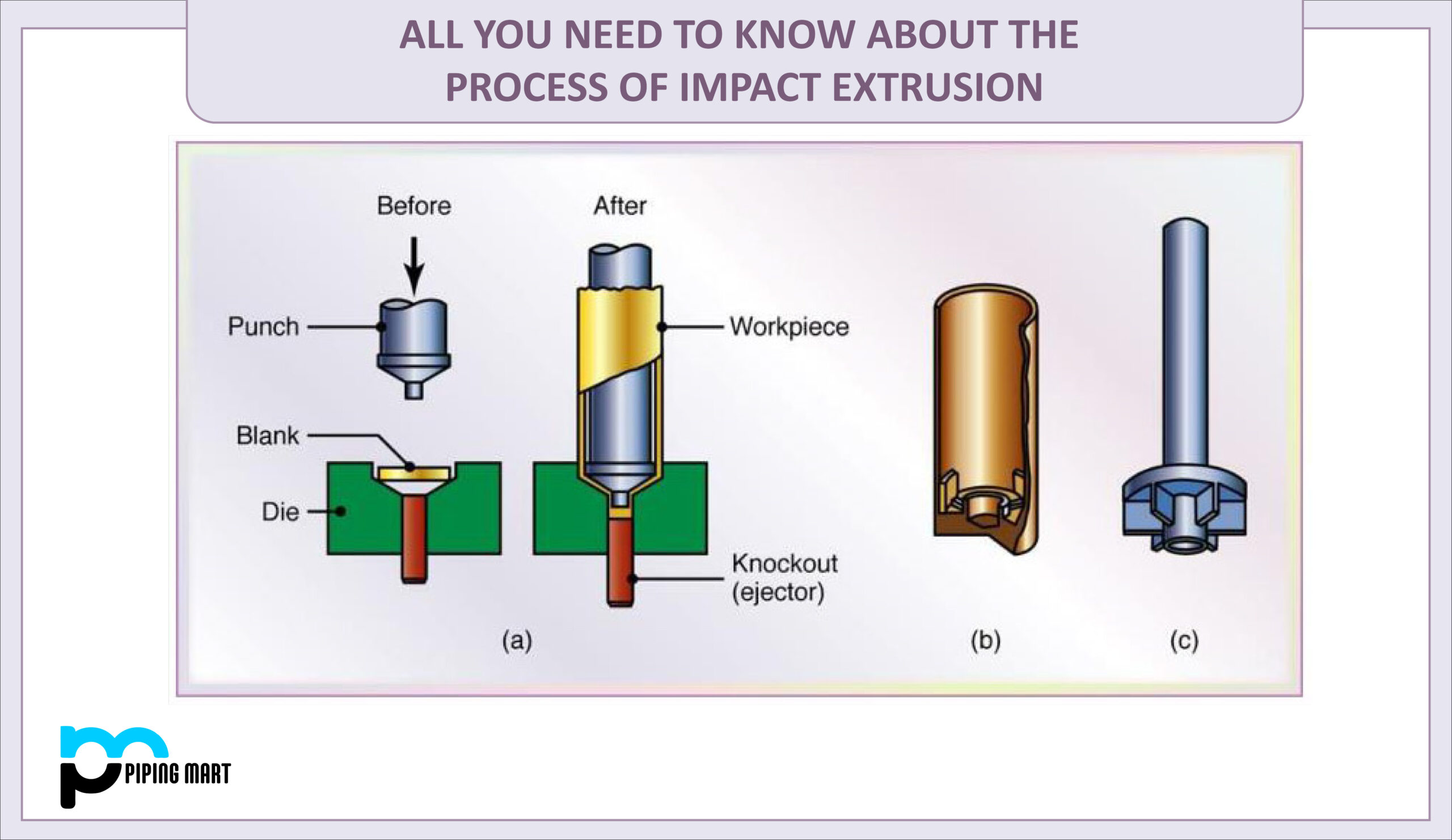There are a variety of welding techniques used in industrial manufacturing, but two of the most popular are laser welding and TIG (inert tungsten gas) welding. Both methods offer their own set of advantages and disadvantages, so let’s take a closer look at each one to see how they compare.
Laser Welding
The primary benefit of laser welding is that it can be done quickly and with great precision. This is because lasers create a very focused heat source that can be used to join materials with minimal distortion. In addition, laser welds generally require less post-processing since the overall heat input is much lower than other types of welding. However, laser welders can be expensive, making them cost-prohibitive for smaller operations.
TIG Welding
TIG welding has been around for many years and remains popular due to its versatility and convenience. It requires no filler materials—just an electric arc between the tungsten electrode and the material being joined—which makes it ideal for thinner metals such as aluminium or stainless steel. In addition, TIG welders tend to be more affordable than laser welders, making them accessible to more businesses. However, TIG welding does take longer than other methods, such as MIG or arc welding, due to its slower pace.
Difference Between Laser Welding and TIG Welding
- Laser welding is a type of welding that uses a laser to create a weld.
- Laser welding is faster than tig welding and can be used to weld thinner materials.
- Laser welding is more expensive than tig welding and requires special equipment.
- Tig welding is a type of welding that uses an electric arc to create a weld.
- Tig welding is slower than laser welding but can be used to weld thicker materials.
- Tig welding is less expensive than laser welding and does not require special equipment.
Conclusion:
When it comes to deciding between laser welding and TIG welding for your project, there are several factors that you need to consider, including cost, speed, quality of welds, type of material being used, etc. Ultimately though, it comes down to what works best for your particular application; both laser and TIG have their own unique advantages and disadvantages that must be taken into account before making a final decision. For professional welders looking for precise results without breaking the bank, TIG welding may be the better option—but if speed is your goal, then you may want to consider investing in a high-end laser welder instead. No matter which method you choose, though, make sure you do plenty of research beforehand so you can make an informed decision on which will work best for your needs!

Pipingmart is a B2B portal that specializes in metal, industrial and piping items. Additionally, we share the latest information and information about materials, products and various types of grades to assist businesses that are involved in this business.




